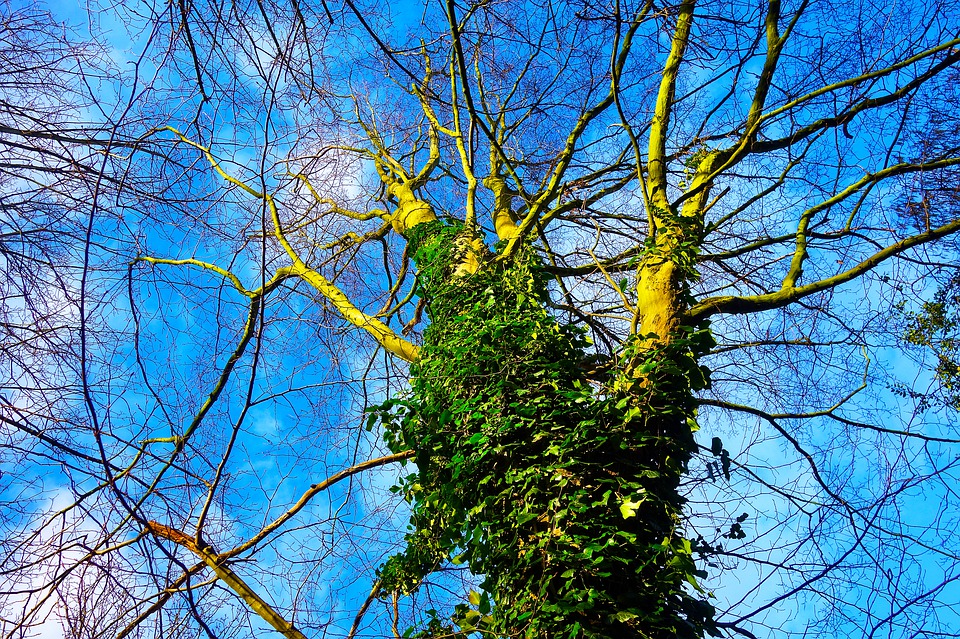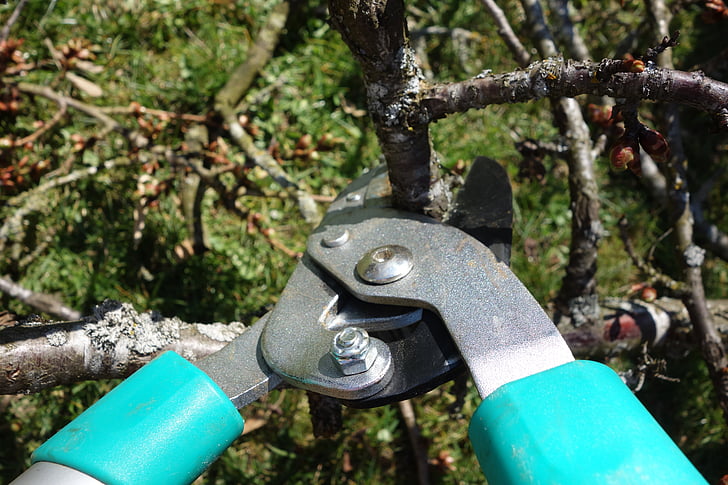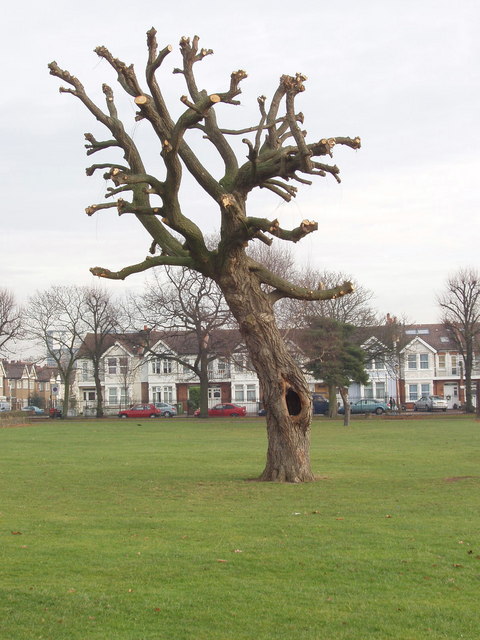How to Prune an Overgrown Tree?

Pruning the overgrown tree is essential for many good reasons. Most people need to prune an overgrown tree to avoid the spreading of its branches into unwanted areas. Some people prune trees and shrubs to promote their growth as pruning helps them grow new branches.
Other reasons for pruning the trees include removing the branches infected with some type of disease that might spread to other plants or trees in the landscape. However, tree owners need to prune in the right season using the right techniques to avoid any harm to the trees.
Landscape owners need to know the right techniques to prune a tree, or they can consult a professional landscaper or tree service such as https://www.thelocaltreeexperts.com/ for pruning. This post shares the complete process to prune an overgrown tree.
The right time to prune a tree
There is a pruning season for every tree, and the right time depends on the type of tree. It is best to avoid pruning any tree that just leafed out in the spring season as it can weaken from pruning. It is better to prune such trees in the late summer to prevent weakening.
Arborists and tree experts recommend pruning trees in the late winter when they are dormant. Pruning them in the dormant season is best due to these reasons.
- The wounds made by pruning heals faster
- There is low risk or pest infestation or disease
- Low sap bleeding means fewer chances of attracting pests
- No leaves make it easy to see the branches
Analyze the major branches
The major branches of a tree are those that form the skeleton and support the entire tree. One should avoid cutting these branches as it can make the tree fall or lean to one side. Tree owners should prune only the overgrown branches that actually require pruning.
Steps to prune the branches

Tree owners need to remove the overgrown branches in three steps.
Make a shallow cut about 4 or 5 inches from the trunk on the underside of the branch you need to prune.
In the second step, make a cut at a distance of 2 to 3 inches from the previous cut. When the branch starts falling due to this cut, the precious cut prevents the peeling down of bark.
Make the final cut to remove the remaining stub. You need to make this near the branch collar that is the area where the branch exactly joins the trunk of the tree.
Where to make a cut on branches?
There are some points in a tree from where two branches originate from one branch. These points are known as the union of branches, and sometimes you need to prune near them. You can make the first cut 4 or 5 inches above the union followed by another cut about a quarter-inch above the union.
V shape joints

Many trees have V shape junctures that require cutting, but not all of them may need pruning. Most trees like hornbeams, hickories, and orange trees are small and strong enough that they need pruning only for the maintenance of their structure. All you need for such trees is to remove the branches that cross or rub with each other.
Trees like pears, maples, ashes, and basswoods require early training to prevent the structural problem when they grow larger. In some trees, too many limbs grow from a single point on the trunk. It is best to prune these limbs at an early stage when the tree is small. Doing this can prevent damage from storms.
The stems with V shape junctures in the trees are usually weak and vulnerable to break due to winds and storms. Therefore, it is best to remove one of the stems at an early stage while the tree is still young to help others grow and avoid future damage due to storms.
Pruning the infected branches
The infected branches need removal before the infection spreads to other parts of the tree. It is best to remove the dead branches before the insects burrow inside to make their home. In such situations, you should dip the blade of pruning tool in a ten percent bleach solution before every cut to prevent the spreading of infection to the tree. Tree loppers Blacktown are high-quality tools for the pruning of overgrown trees and shrubs.
Some Do’s and Don’ts while pruning a tree
Tree owners should avoid cutting too close to the trunk as it can delay the healing of the wound.
Avoid making a cut too away from the trunk as it leaves an ugly stub that can invite insects and pests. Also, it would take more time to seal if the stub is not removed.
Always make the final cut just near the branch collar at the trunk. The branch collar is the swollen area where the branch joins the stem of the tree. This area has the chemicals that speed up the formation of callus tissue that helps in the healing of the wound.
How much to prune
The amount of live tissue to be removed depends on the size, species, and age of the tree, as well as the goals for pruning. Younger trees tolerate better removal of a greater percentage of living tissue than mature trees do. Generally speaking, it should remove no more than 25 percent of the crown at once, and less for mature trees.
Removing even a single, large-diameter branch may lead to significant loss of the canopy and can produce a wound that the tree may not close. Care should be taken to reach pruning targets while minimizing the loss of live branches and the size of the wound.
Final Words
These are some simple tips to prune an overgrown tree. If you have an overgrown tree in your backyard, you can use these tips to prune it precisely. In the case of a tree infested with disease, it is best to hire a professional arborist or landscaping service as it may require chemical treatment before pruning or removal.